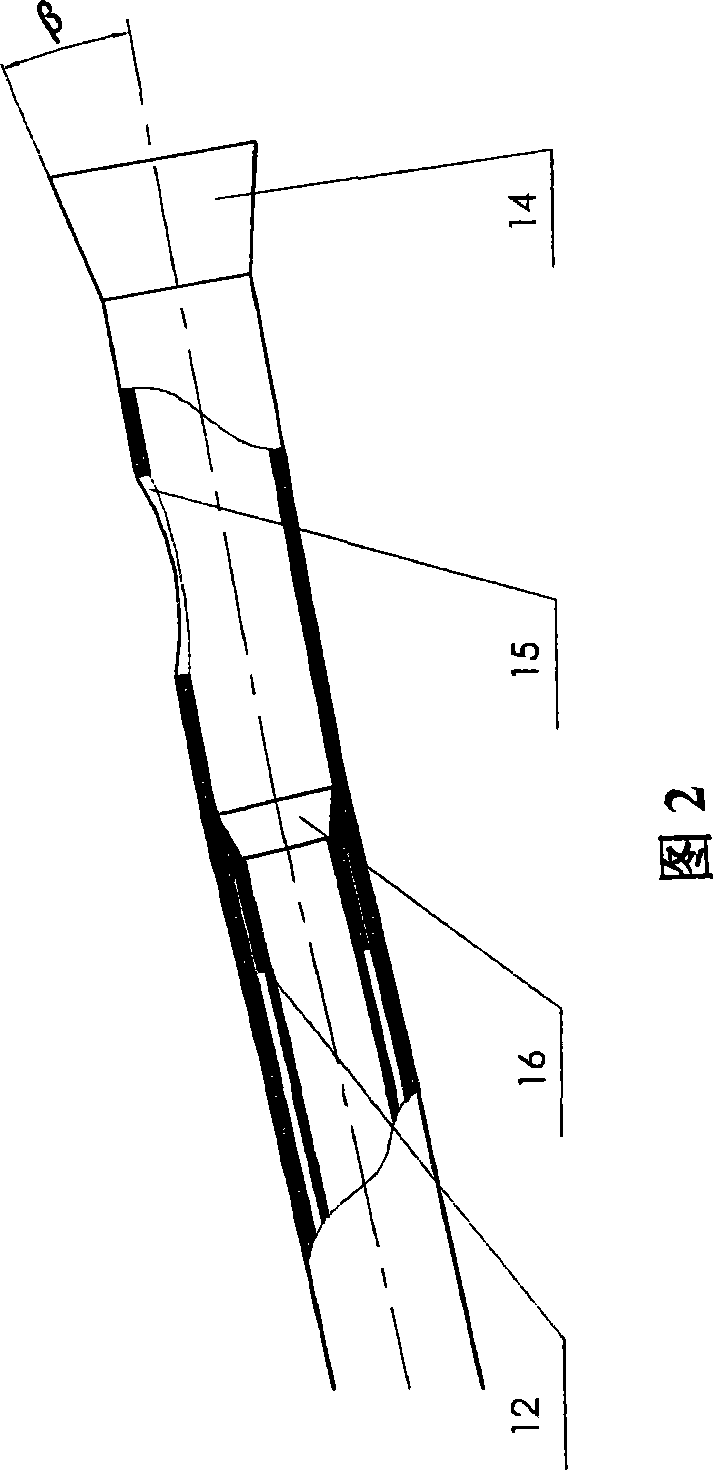Vein resectoscope
A technique of excision and vein, applied in medical science, surgery, catheter and other directions, can solve the problems of inconvenient use, low operation cost and high production cost, and achieve the effects of simple operation, low manufacturing cost and quick recovery.
- Summary
- Abstract
- Description
- Claims
- Application Information
AI Technical Summary
Problems solved by technology
Method used
Image
Examples
Embodiment Construction
[0036] Below in conjunction with accompanying drawing, the present invention will be further described:
[0037] The main structure of the phlebotomy device of the present invention is a slender tubular device, mainly composed of three parts: an outer sleeve for removing veins, a middle sleeve for cutting veins, and an inner sleeve for injecting drugs, and the three layers are sequentially set.
[0038] As shown in Figures 1-4, the first part is the outer sleeve to which the plastic handle is attached. Outer casing is divided into three parts, and the outer jacket steel pipe 13 of front part is a stainless steel pipe, and the rear part is a plastic handle, and it is spliced by outer jacket handle 1 and socket 4, and the two can be bonded into one by glue, and can also be Cooperate in other ways. The jacket steel pipe 13 has a certain radian, and the radian is 7°-10° bending arc to the inner side of the steel pipe. The edge is provided with a blade, and an opening 15 is arr...
PUM
| Property | Measurement | Unit |
|---|---|---|
| Corner | aaaaa | aaaaa |
Abstract
Description
Claims
Application Information
 Login to View More
Login to View More - R&D
- Intellectual Property
- Life Sciences
- Materials
- Tech Scout
- Unparalleled Data Quality
- Higher Quality Content
- 60% Fewer Hallucinations
Browse by: Latest US Patents, China's latest patents, Technical Efficacy Thesaurus, Application Domain, Technology Topic, Popular Technical Reports.
© 2025 PatSnap. All rights reserved.Legal|Privacy policy|Modern Slavery Act Transparency Statement|Sitemap|About US| Contact US: help@patsnap.com



